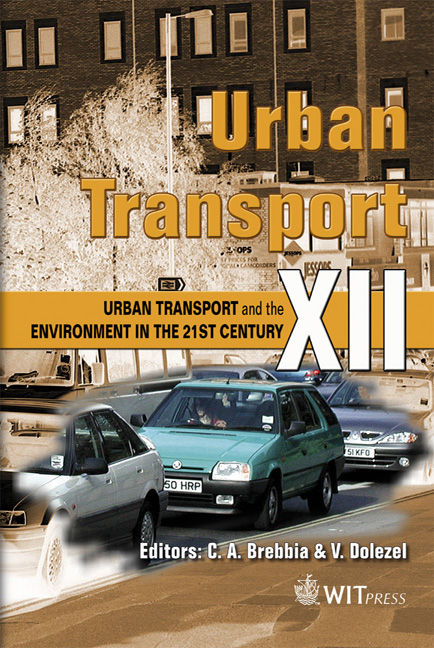Towards Transportation System Integration In The City Of Tshwane Metropolitan Municipality
Price
Free (open access)
Transaction
Volume
89
Pages
10
Published
2006
Size
1,260 kb
Paper DOI
10.2495/UT060771
Copyright
WIT Press
Author(s)
D. R. Diedericks & J. W. Joubert
Abstract
Past political regimes, the resulting urban planning, and extreme socio-economic imbalances have resulted in segregated disparate public transportation systems. Public transport only captures 50% of the passenger transport market with modes competing due to its fragmented nature and the deregulated planning functions. The paper contributes to the public transport body of knowledge as it introduces South African particularities, and proposes innovative interventions to overcome transport planning challenges. Keywords: public transport, activity-based modeling, agent-based simulation. 1 Introduction The City of Tshwane Metropolitan Municipality (CTMM) system attempts to serve not only a large low-income group commuting fromthe dormitory settlement on the outskirts of the metropolitan areas to the dispersed economic centres, but also public transport trips within the city centre simultaneously. Three modes of public transport compete due to the fragmented nature of the transportation system. Although a number of governmental interventions are planned to alleviate the current and increasing pressures on the public transport system as a whole, a number of future events, including the 2010 soccer world cup to be hosted by South Africa, have emphasised the need to focus attention on the reconsideration and redesign of the current public transport system. This paper proposes a framework to be used in the attempt to redesign the current disparate public transportation system and work towards a integrated public transportation system for the CTMM. This paper presents some history and an overview of the public transportation system in the CTMM in Section 2. Section 3 provides the department’s current
Keywords
public transport, activity-based modeling, agent-based simulation.





